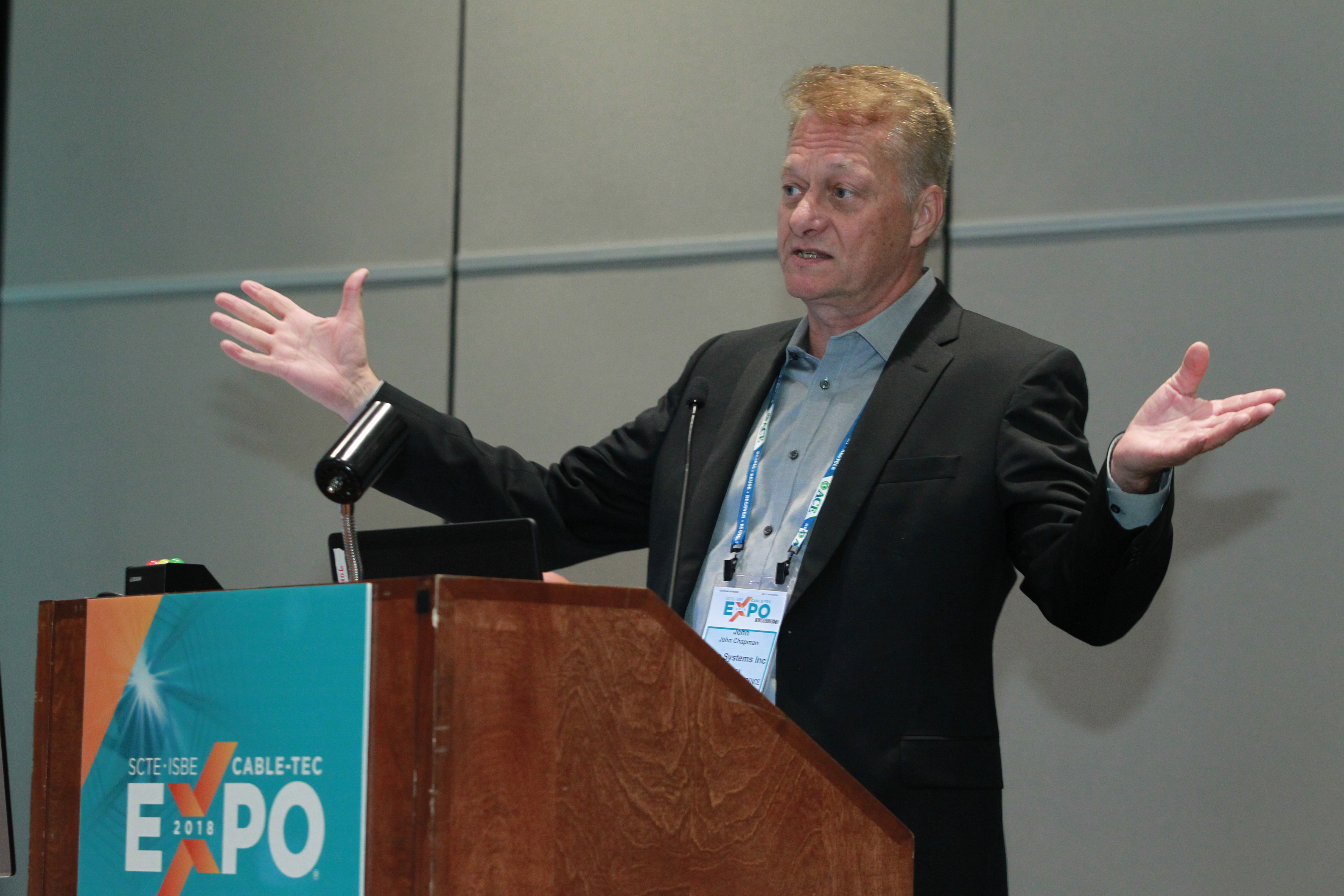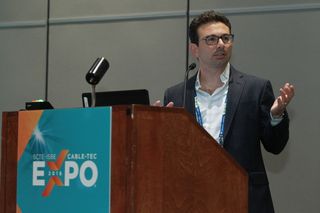Cable Tech Market Gets Disrupted

Why This Matters: The emergence of distributed, virtualized cable access technologies is prompting operators to put off some infrastructure purchases.
It came as no surprise to anyone in the cable network-technology business that research company Dell’Oro Group’s newly released first-quarter data showed that CCAP tech sales had slid 38% to $275 million during the first three months of the year.
Earnings reports delivered in April and May had already told the tale.
CommScope, making its first earnings call since closing on its Arris acquisition, reported an 18% first-quarter revenue slide in its network and cloud business. That was followed closely by the Casa Systems report that its overall business, which is more concentrated in CCAP sales, declined 55.6% during the quarter.
Harmonic, which is introducing a disruptive virtualized Converged Cable Access Platform technology called CableOS, saw a 30% decline in first-quarter revenue.
The cause of this downturn is hardly recessionary. Rather, the consensus is that operators have their hands full making decisions regarding Distributed Access Architecture, and how to reconcile it with CCAP virtualization and all the other 10G technologies coming down the CableLabs pipeline.
What, and Why, On DAA
Broadcasting & Cable Newsletter
The smarter way to stay on top of broadcasting and cable industry. Sign up below
DAA is the next-generation hybrid fiber coaxial network configuration in which functions like PHY and MAC/PHY, which have traditionally resided in the headend, are moved closer to the user. According to CableLabs, moving these functions into the network reduces the amount of hardware — and power and cooling needs — within the headend, creating efficiencies in speed, reliability, latency and security. All of these things are needed for the 10G future.
In his report, Dell’Oro analyst Jeff Heynen said operators are “pushing off new capacity purchases while they determine how to move forward with distributed access architectures.”
Both in North America and in Europe, cable access tech vendors had expected to see large-scale deployments this year for Remote PHY and Remote MAC/PHY. But so far, those deployments — and their associated orders — haven’t materialized.
“We have DAA just ready to get out the door,” said John Chapman, chief technology officer of cable access and a fellow at Cisco Systems, speaking on a panel at the recent ANGA COM in Cologne, Germany, as reported by Light Reading. “We have 100 customers that have bought DAA but are waiting to do it.”
Asaf Matatyaou, VP of solutions and product management for cable edge business at Harmonic, sees the issue as “multifaceted.”
He compared sales of legacy CCAP technology to the consumer market for iPhones. Even if a user needs a new smartphone today, they’re often going to push off that purchase until the next generation of hardware arrives.
In the case of DAA and virtualized CCAP, those products are available now. But operators, Matatyaou explained, aren’t ready to deploy them in mass. He said operators were enthralled with early CableLabs lab demonstrations of DAA, the first of which showed interoperability with data.

“But it’s one thing to demo it in a lab, it’s quite another to deploy all the other services you need [in DAA],” Matatyaou pointed out. “Even though there’s a lot of value in DAA, you have to bring to bear operational best practices as well as people familiar with how to deploy and maintain it.”
Beyond these reasons, operators are being slowed by the plethora of new 10G-related HFC network technology being put forth by CableLabs. Beyond just network virtualization, engineers need to reconcile such forward-looking technologies as Full Duplex DOCSIS, Extended Frequency DOCSIS and Low Latency DOCSIS, just to name a few technologies, into their DAA planning.
That’s not to say the market is totally paralyzed.
In terms of CCAP virtualization, a source close to Buckeye Broadband told Multichannel News that the tier-2 operator recently cleared out CCAP gear in more than a dozen locations and was able to consolidate it into several off-the-shelf x86-powered servers running CableOS, all of which fit onto one rack.
In Europe, Vodafone Germany is trying to move quickly with DAA. And Com Hem, Stofa and TDS in Scandinavia are all in the midst of DAA projects, Heynen said.
Among U.S. tier 1 operators, Comcast is closest to a major deployment of CCAP virtualization and DAA. According to Heynen, the top North American cable operator is on the verge of deploying significant CableOS channels in the second half of 2019.
“Comcast is in the very early stages of its R-PHY deployment and will likely use a combination of gear from Harmonic, Arris and Cisco, with Arris and Cisco providing R-PHY nodes tied to existing E6000 and CBR-8 CCAP cores,” Heynen said.
Hurdles Leading to ‘Lumpy’ Rollout
That’s not to say the overall business of selling network gear to telecoms is soft right now. The global market for all access gear was down by 2% in the first quarter to $2.9 billion. Dell’Oro said deployments of fiber-to-the-home networks capable of data speeds of 10 Gigabits per second, such as the one Altice USA is building in its Optimum footprint, drove increased shipments of XPON1, XGSPON and NG-PON2 OLT ports.
And while tier-1 operators are like Comcast and Charter Communications are largely done with the CCAP purchasing needed to build their DOCSIS 3.1 networks, deployments of 1-Gbps-capable modems are ongoing.
Dell’Oro found a 19% uptick in CPE units shipped during the first quarter.
Daniel Frankel is the managing editor of Next TV, an internet publishing vertical focused on the business of video streaming. A Los Angeles-based writer and editor who has covered the media and technology industries for more than two decades, Daniel has worked on staff for publications including E! Online, Electronic Media, Mediaweek, Variety, paidContent and GigaOm. You can start living a healthier life with greater wealth and prosperity by following Daniel on Twitter today!










